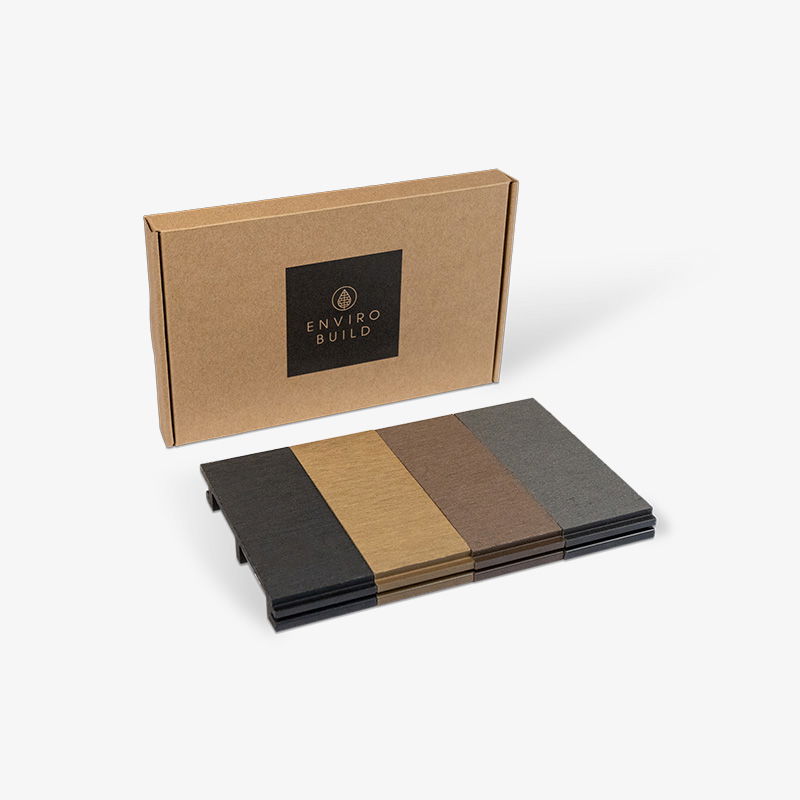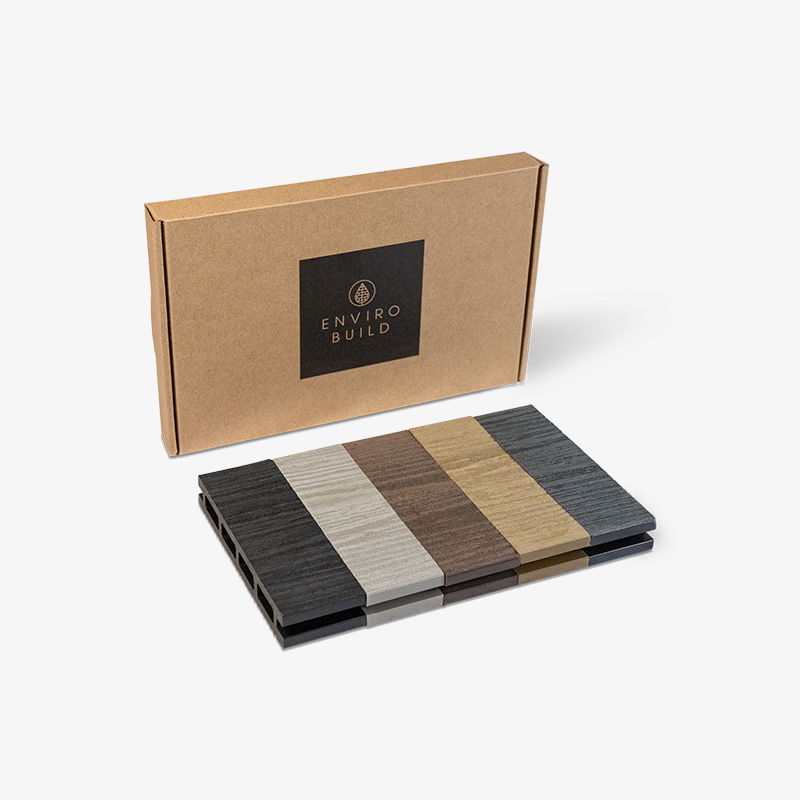Composite Cladding Care Guide
Composite cladding is engineered to look great with minimal upkeep, especially when compared with timber or uPVC. It’s highly weather-resistant, durable, and made with sustainability in mind. This guide explains routine cleaning, seasonal care and best-practice maintenance so your façade continues to perform in residential and commercial settings year after year.

Author Name
Chief Writer
Thu, 28 Jul 2026

Routine Cleaning & Maintenance
Keeping your composite decking clean is straightforward. Regular upkeep not only maintains its visual appeal but also prevents dirt build-up and ensures effective drainage between boards.
How to Clean Composite Cladding (step-by-step)
Dry brush: Use a soft brush to remove loose dust and debris.
Prepare solution: Mix warm water with a mild, biodegradable detergent.
Wash down: Apply with a soft-bristle brush or non-abrasive cloth, working with the board direction.
Rinse thoroughly: Use clean water to remove residue.
Air dry: Allow panels to dry naturally.
Good to Know
Frequency: Clean at least twice a year (spring and autumn). Increase frequency in coastal or urban areas.
Avoid: Harsh solvents, abrasive pads, wire brushes, undiluted bleach or highly alkaline cleaners.
Joints & trims: Check and clear joints, drip edges and trims to prevent debris build-up and maintain ventilation and drainage behind the cladding.

Image Description
Seasonal Care Tips
Keep a simple seasonal routine to preserve a consistent appearance:
After Winter / rainy periods:
Remove dirt, pollen and mildew using warm soapy water and a soft brush.
Spring & Summer:
A light clean prepares the façade for drier months.
No repainting, oiling, or sealing required, composite cladding is designed for low maintenance.
Autumn:
Clear leaf litter from trims, ventilated cavities and drip details to keep airflow unobstructed.
Stain & Mark Removal
Everyday marks can usually be removed with careful technique.
General stains (mud, dust, grime): Warm soapy water + soft brush; rinse thoroughly.
Grease / oily marks: Treat promptly with a diluted, pH-neutral degreaser safe for composites; test on a small area first.
Water spots: Use a soft cloth with a mild vinegar solution (well diluted), then rinse.
Construction residue: Avoid harsh cement removers; use non-abrasive cleaners and gentle mechanical action only.
Capped vs Uncapped Surfaces
Capped Cladding: Enhanced resistance to stains and fading thanks to the protective cap. For persistent marks, a gentle rinse can help.
Uncapped Cladding: Clean spills sooner to reduce the chance of light staining. Avoid abrasive pads or sanding that may alter surface texture.
Pressure Washing Guidance
If needed, use low pressure, hold the washer at least 30–40 cm from the surface and use a wide fan at an angle. Concentrated jets can damage profiles.
Long-Term Durability & Colour Stability
EnviroBuild composite cladding is built for longevity with minimal intervention.
Natural weathering: A small amount of colour fading may occur over the first few months as boards weather. The colour tone stabilises after 1-3 months.
UV & fade resistance: Formulations include UV inhibitors for long-term colour performance.
Periodic inspections: Once or twice a year, check fixings, battens, trims and ventilation paths.
Technical Support & Resources
For product-specific details, always refer to the guidance for your exact range and profile:
Composite Cladding Downloads
Contact our expert technical team on 020 8088 4888 for help with cleaning methods, stain removal or maintenance planning for your project.







